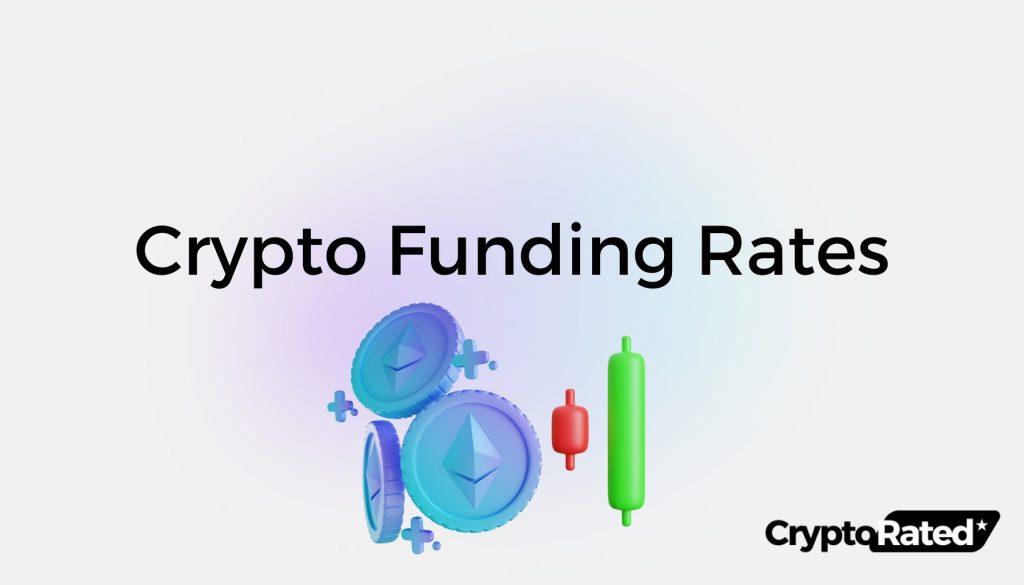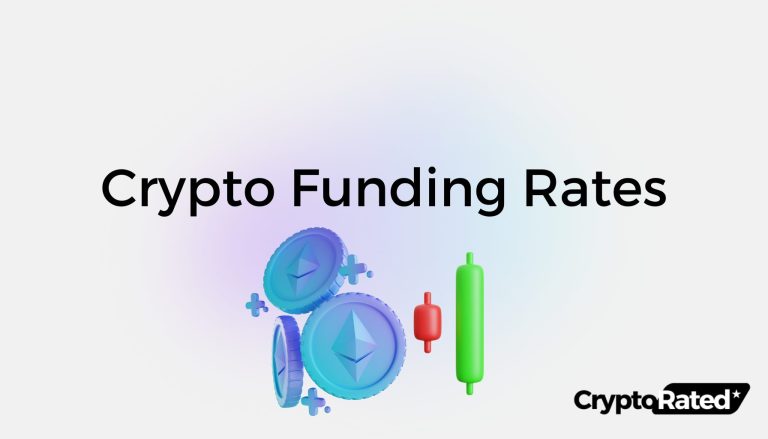Track Bitcoin ETF flows live, in real-time with our reliable tool. Get the latest data, updates and information to keep your edge and enhance your decision-making in the cryptocurrency market.
Loading…
Bitcoin ETFs have become a central tool for investors looking to engage with the cryptocurrency market. These financial instruments allow for easier access to Bitcoin investments without needing to directly purchase the cryptocurrency.
Tracking the flows of Bitcoin ETFs is crucial for gauging interest and making well-informed investment decisions. Our reliable tracker provides real-time updates on various metrics, such as price changes and trading volumes, helping investors stay ahead in a rapidly changing market.
What is a Bitcoin ETF?
A Bitcoin ETF, or Exchange-Traded Fund, is a financial tool that reflects the price of Bitcoin. Investors can buy shares of this ETF on regular stock exchanges. This allows them to benefit from Bitcoin’s price changes without having to buy or keep the cryptocurrency directly. It blends the convenience of stock trading with Bitcoin exposure, making it a regulated and straightforward option for those interested in Bitcoin investments. You can learn more about how Bitcoin ETFs work in our detailed guide.
What are the Best Bitcoin ETFs?
- iShares Bitcoin Trust (IBIT): Best overall option for Spot Bitcoin ETFs
(Highly trusted provider and low fees) - Bitwise Bitcoin ETF (BITB): Spot Bitcoin ETF with the lowest fees
(+ 10% of BITB profits are donated to Bitcoin open-source development) - Fidelity Wise Origin Bitcoin Fund (FBTC): Best alternative for Spot Bitcoin ETFs
(High liquidity, availability and low fees)
Spot Bitcoin ETF vs Futures Bitcoin ETF
Spot Bitcoin ETFs hold actual Bitcoin as their underlying asset. Their goal is to reflect the current market price of Bitcoin. This direct exposure draws in investors who want their portfolio to mirror Bitcoin’s real-time price movements.
Futures Bitcoin ETFs do not own Bitcoin. Instead, they invest in Bitcoin futures contracts. These contracts set a price to buy or sell Bitcoin at a future date. This method lets investors speculate on Bitcoin’s future price without having to own the cryptocurrency.
Key differences between the two:
- Holding: Spot ETFs hold Bitcoin physically. Futures ETFs hold contracts.
- Exposure: Spot ETFs aim for direct, real-time price reflection. Futures ETFs allow for speculation on future prices.
- Costs: Futures ETFs might have extra costs due to rolling over contracts.
- Potential for leverage: Some Futures ETFs offer leveraged or inverse exposure, which can magnify gains or losses.
Both types of ETFs offer regulated and accessible ways for investors to engage with Bitcoin. Spot ETFs suit those wanting direct price reflection, while Futures ETFs cater to those looking to speculate on future prices.
Are Bitcoin ETFs Safe?
Bitcoin ETFs allow investors to gain exposure to Bitcoin without owning it directly. However, they are generally seen as less safe compared to owning and self-custodying Bitcoin. One of the main risks involves the fund provider, who might mismanage the investment. For instance, Grayscale’s GBTC has faced issues where it trades at a premium or discount to its Net Asset Value (NAV), impacting the returns for investors.
GBTC also charges high management fees of around 2%. These fees can significantly reduce investment gains, especially during a bear market. Another problem is that Bitcoin ETFs have limited flexibility in share creation and redemption. GBTC, for example, operates like a closed-end fund and does not allow for shares to be created or redeemed based on market demand. This can lead to a gap between the share price and the actual value of the Bitcoin held by the fund, which can be harmful to investors.
Bitcoin ETF vs ETN vs ETP
When it comes to investing in Bitcoin without owning it, there are three main options: Bitcoin ETFs, Bitcoin ETNs, and Bitcoin ETPs. Each option offers a unique approach to gaining exposure to Bitcoin.
Bitcoin ETF (Exchange-Traded Fund) is a regulated fund that mimics Bitcoin’s value and trades on stock exchanges. One major feature of ETFs is their high liquidity. They might hold actual Bitcoin or use financial tools like derivatives. Management fees are usually involved.
Bitcoin ETN (Exchange-Traded Note) is a debt instrument from a financial institution that reflects Bitcoin’s performance. Unlike ETFs, ETNs are less regulated and do not own the actual Bitcoin. Instead, they promise to pay the Bitcoin index returns, minus any fees.
Bitcoin ETP (Exchange-Traded Product) is a broader category that includes ETFs and ETNs, as well as other types like Exchange-Traded Commodities (ETCs). ETPs are designed to track Bitcoin’s performance and trade on stock exchanges. The specifics about regulation and asset backing can vary greatly depending on the exact kind of ETP.
Using a table, let’s sum up some key differences:
| Feature | Bitcoin ETF | Bitcoin ETN | Bitcoin ETP |
|---|---|---|---|
| Regulation | Highly regulated | Less regulated | Varies |
| Asset Ownership | May hold actual Bitcoin or derivatives | Does not own Bitcoin | Varies |
| Risk | Lower risk due to regulation | Higher risk due to lack of asset backing | Depends on the ETP structure |
| Type of Instrument | Investment fund | Debt instrument | Includes ETFs, ETNs, and more |
| Management Fees | Usually present | Present | Varies |
| Liquidity | High | Can be lower than ETFs | Varies |
Different investors may prefer different instruments based on their goals, risk tolerance, and desire for regulatory protection.
Other useful tools for gauging the market and making informed decisions include crypto funding rates, total value locked (TVL) tracker, Bitcoin open interest tracker and fear and greed index.
WRITTEN
Benjamin Vitaris
Seasoned crypto, DeFi, NFT and overall web3 content writer with 9+ years of experience. Published in Forbes, Entrepreneur, VentureBeat, IBTimes, CoinTelegraph and Hackernoon.





